Florida’s Citizens Property Insurance Corporation, the state’s insurer of last resort, is currently projecting a need to budget for a larger tower of reinsurance and catastrophe bonds in 2025, with almost $4.5 billion of risk transfer being discussed.
 For 2024, Florida Citizens bought less reinsurance than the prior year, resulting in a tower of $3.564 billion.
For 2024, Florida Citizens bought less reinsurance than the prior year, resulting in a tower of $3.564 billion.
Some $1.6 billion of that is in catastrophe bond form, while a further almost $1.3 billion was from insurance-linked securities (ILS) and collateralized markets participation in the traditional reinsurance tower.
Now, at meetings taking place this week, the Florida Citizens executive will discuss a need for almost $4.5 billion of reinsurance and capital markets cat bond-backed risk transfer to be purchased for the 2025 hurricane season.
Surplus has reduced at the bottom of the Florida Citizens funding tower, while the insurer of last resort is also projecting it will have less protection from the Florida Hurricane Catastrophe Fund (FHCF) in place.
This has the effect of dropping down the reinsurance and cat bond protection in 2025, meaning Citizens will either need to buy fresh cover lower-down, or perhaps reset some of its existing cat bonds at lower attachments.
It’s important to note, that often projections may suggest a much larger reinsurance purchase is coming. But it doesn’t always turn out to be the case, as affordability is a key factor for buyers like Florida Citizens.
But, with surplus seemingly eroded somewhat (presumably by hurricane claims from this year), Florida Citizens does seem to be in a position where private market risk transfer may need to fill gaps in funding, unless other sources are secured.
Surplus for 2025, at the lowest layers of the tower, is projected at $2.445 billion to $2.645 billion, with a proposal to buy a $200 million sliver of reinsurance to sit below the FHCF in the lower case.
At the 2024 reinsurance renewal, the Florida Citizens tower had $3.154 billion of surplus sitting in the bottom layer.
FHCF coverage amounted to $5.020 billion for 2024, but for 2025 this is projected at just $3.684 billion.
As a result, traditional reinsurance and catastrophe bonds may need to attach at a level as low as $2.211 billion, or $2.645 billion, depending on if a new layer beneath the FHCF is purchased.
That compares to a reinsurance attachment at $3.514 billion for the lowest layer of private market coverage in 2024.
At the 1-in-100 year probable maximum loss (PML) level, Florida Citizens is projecting a significantly reduced exposure for 2025, helped by ongoing depopulation which is expected to continue through the first-half of next year.
The 1-in-100 PML is pegged at $11.931 billion in the budget layer chart that is up for discussion, while last year it stood considerably higher at $17.424 billion.
Projections suggest roughly 29.5% lower personal and commercial residential exposure, and 14% lower commercial non-residential exposure for 2025.
It seems the reduction in surplus could be the key driver of the elevated reinsurance and risk transfer need for 2025.
Here, the fact Florida Citizens still has $1.6 billion of catastrophe bonds in-force, none of which are due for maturity over the coming year, will benefit the insurer, in providing some certainty from multi-year protection.
Florida Citizens policy count had dropped to 1,036,913 at October 31st 2024 (having sat at 1.25 million back in August) and the insurer has more rounds of depopulation coming over the next few months, which will also contribute to the exposure reduction prior to its next reinsurance renewal.
Remember though, that Citizens had targeted $5.5 billion of reinsurance and risk transfer in advance of the 2024 hurricane season, but only ended up buying just under $3.6 billion. So these early budget discussions may not translate to an increased buy at mid-year 2025 reinsurance renewals, or in additional cat bonds, but the projection does show that financing needs to be secured in some form, so it will be interesting to see how the tower evolves over the next six or seven months.

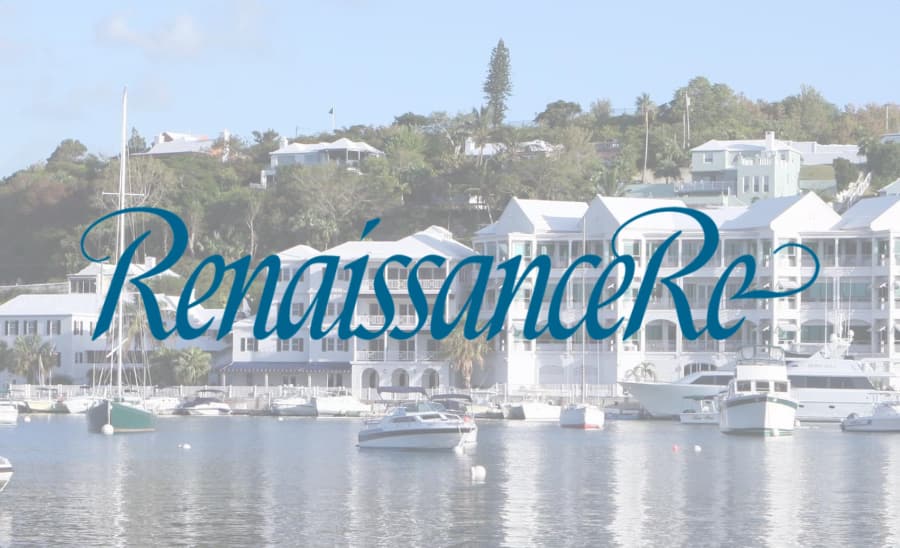


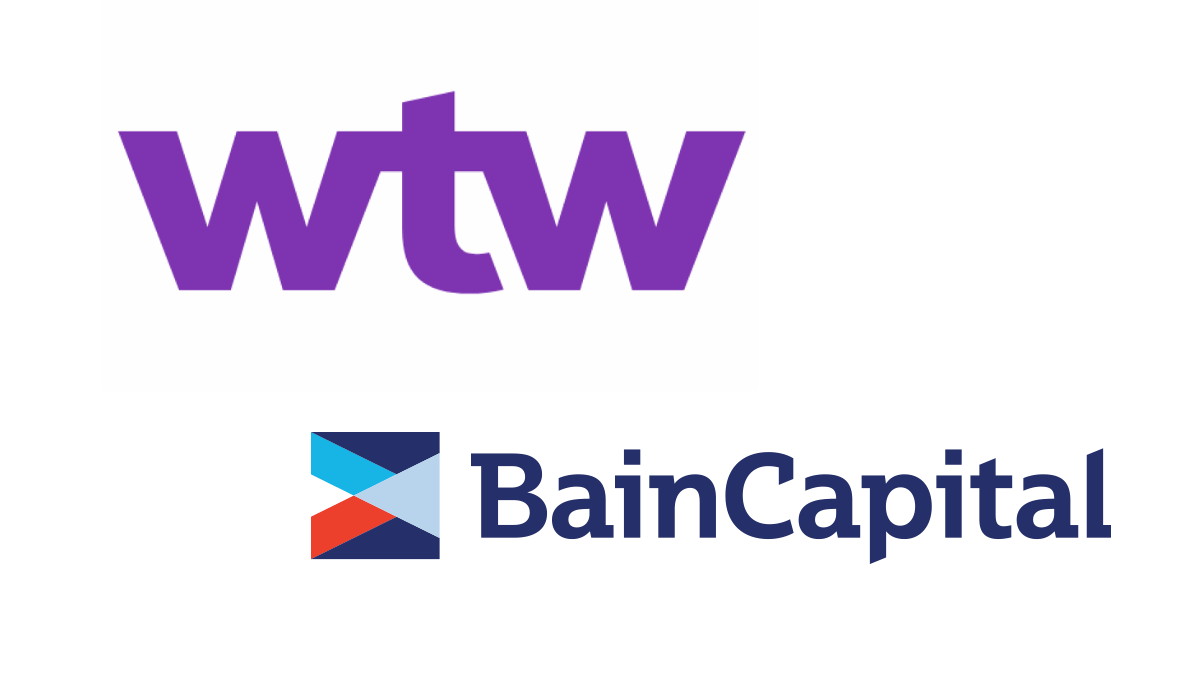
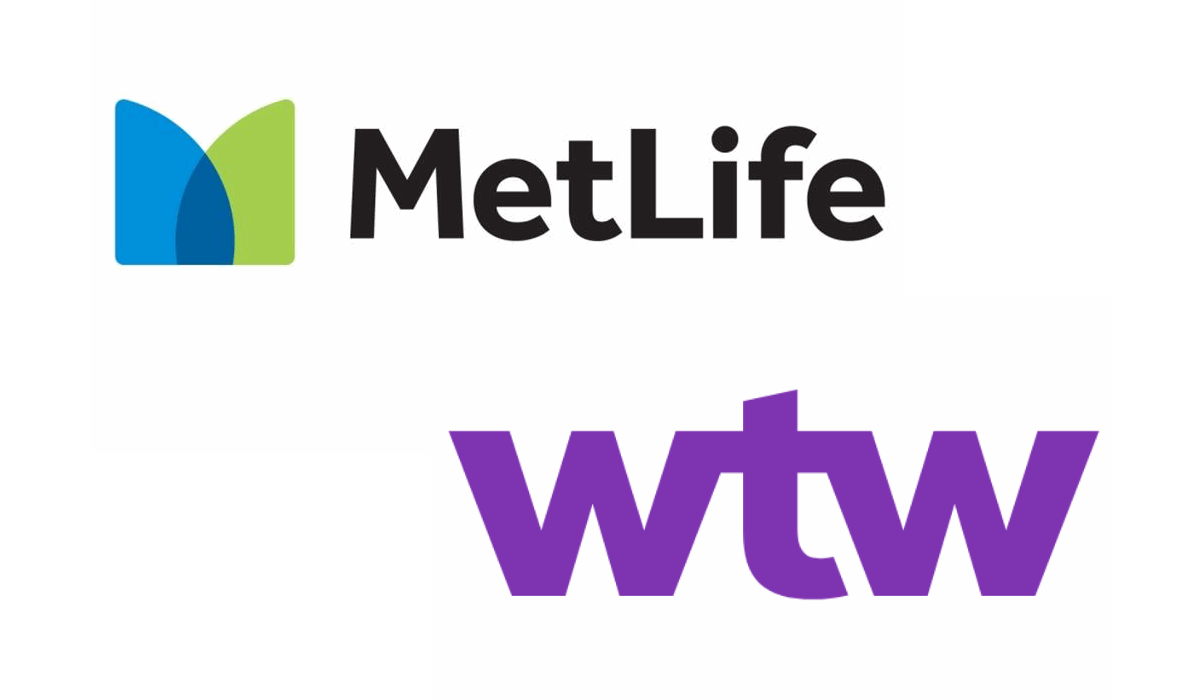


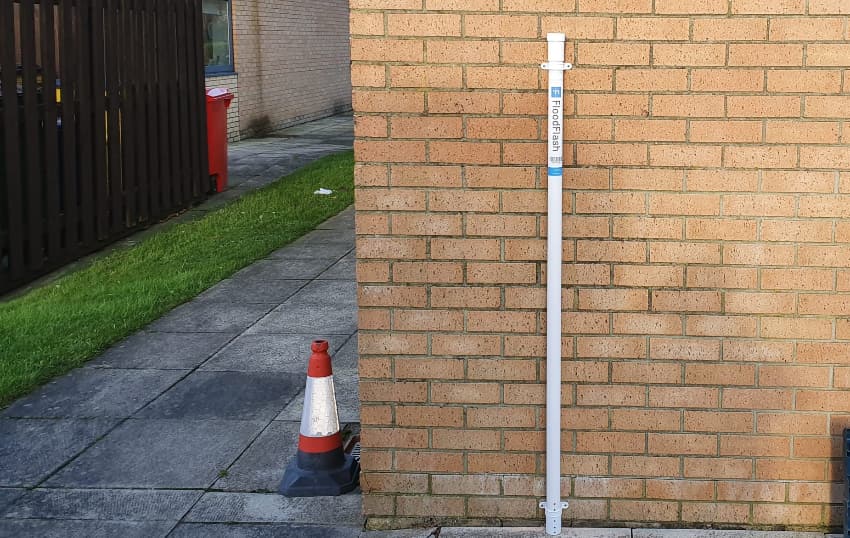
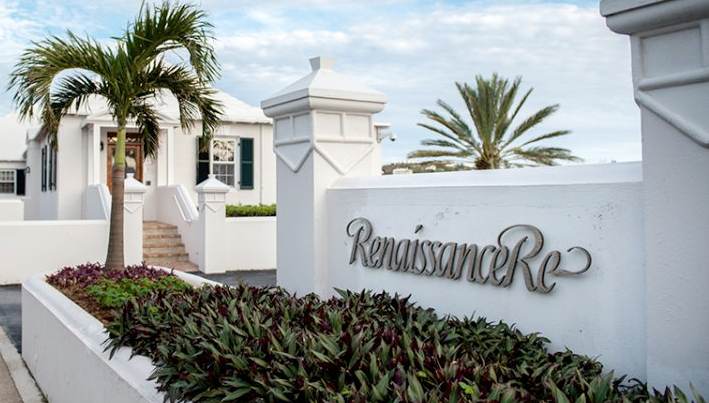
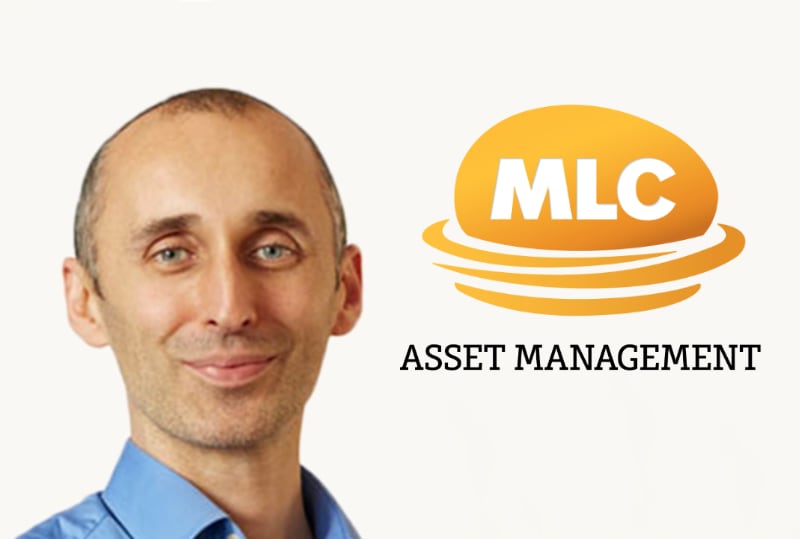
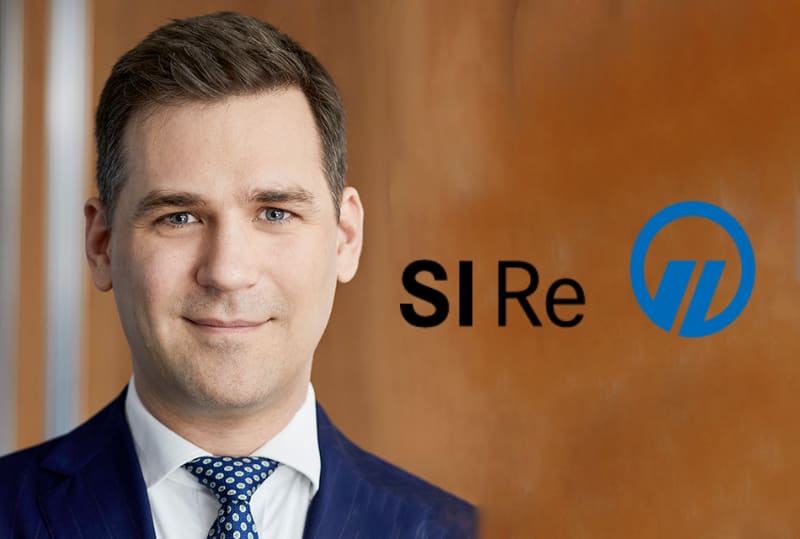








 English (US) ·
English (US) ·